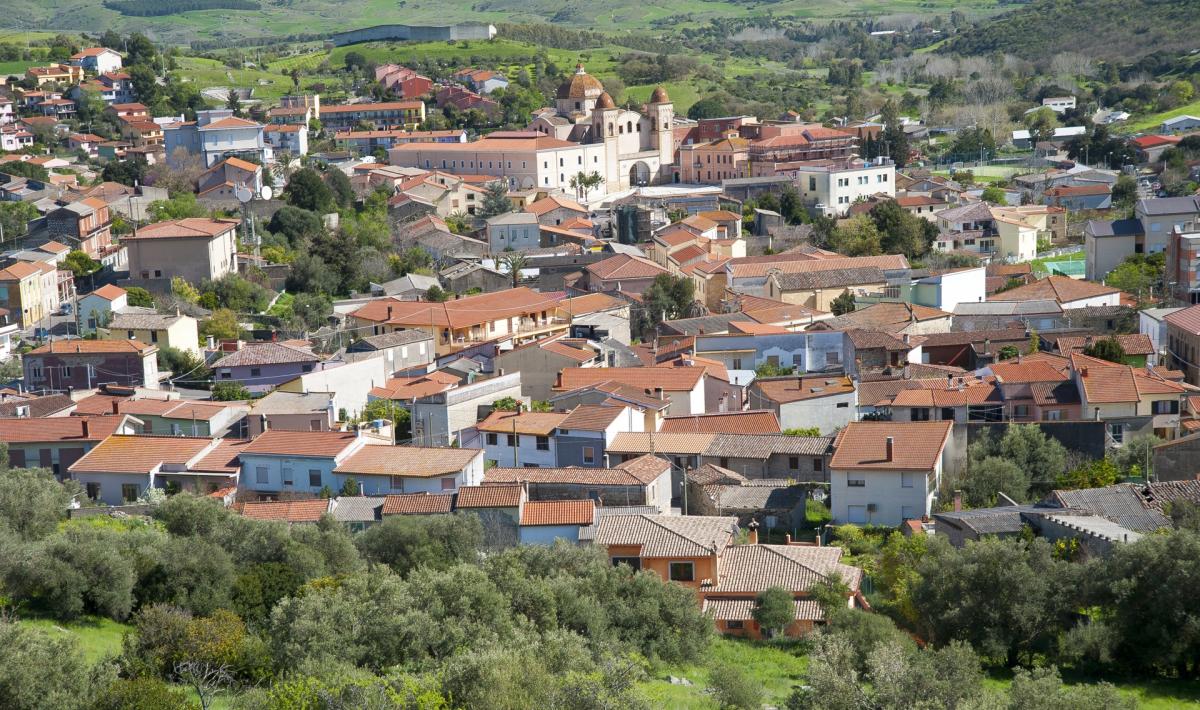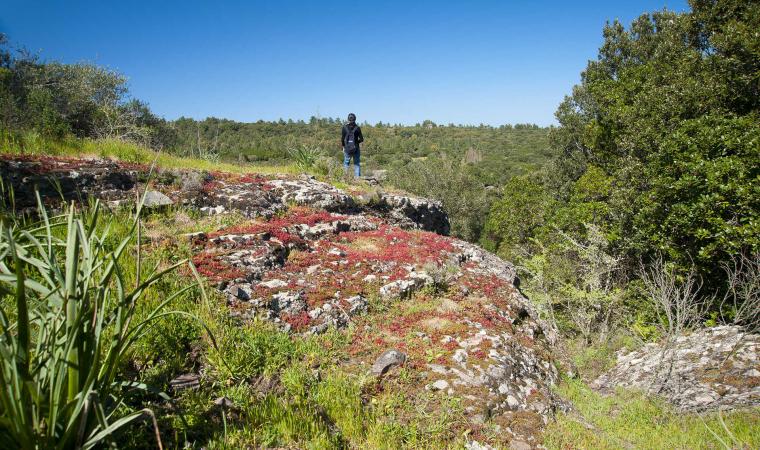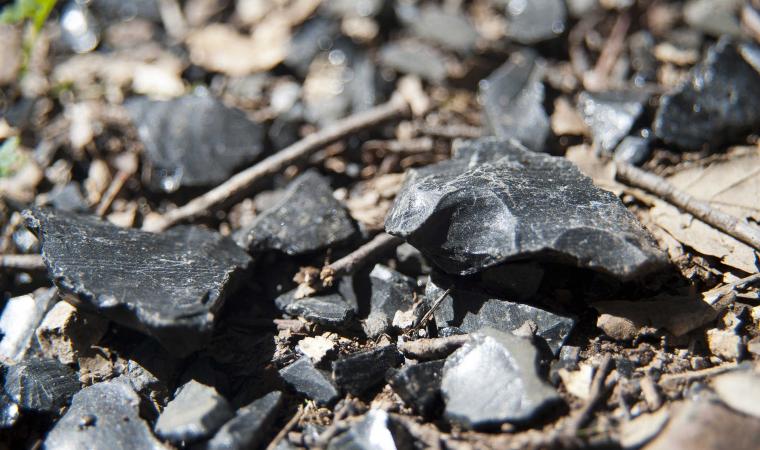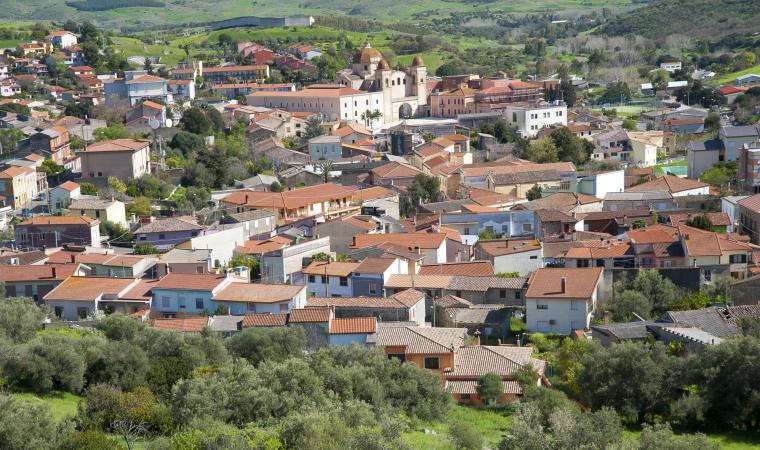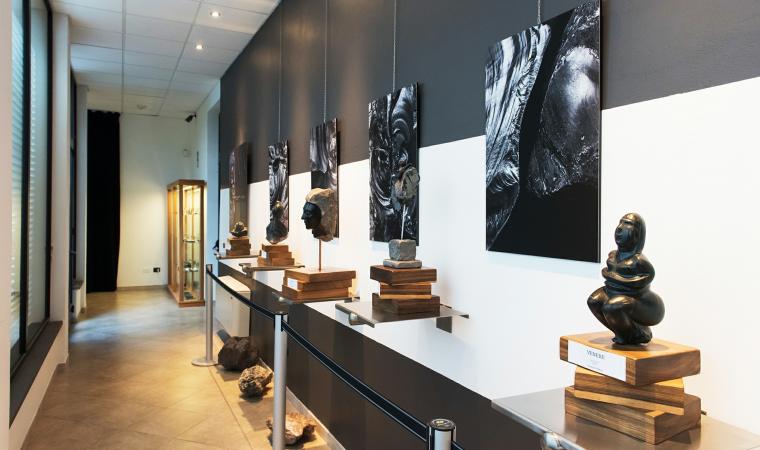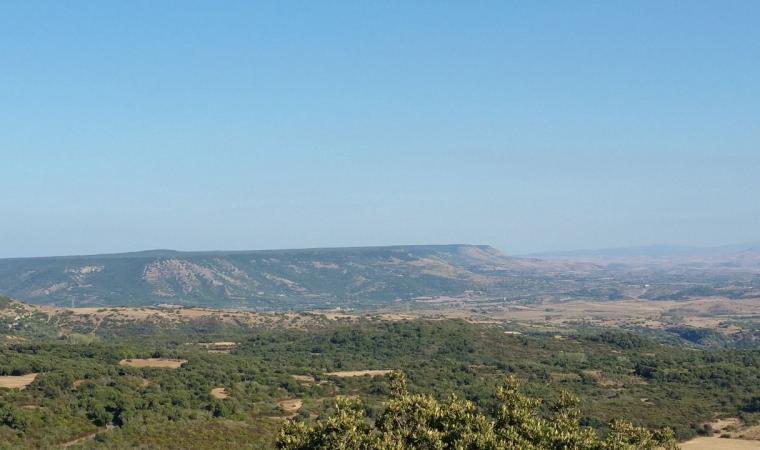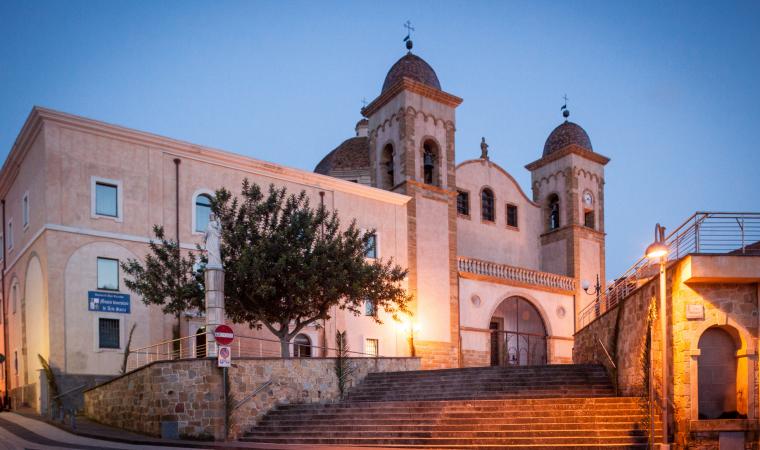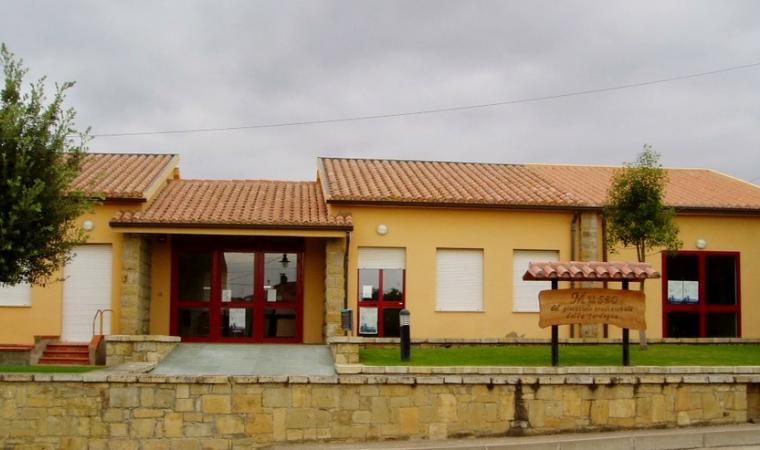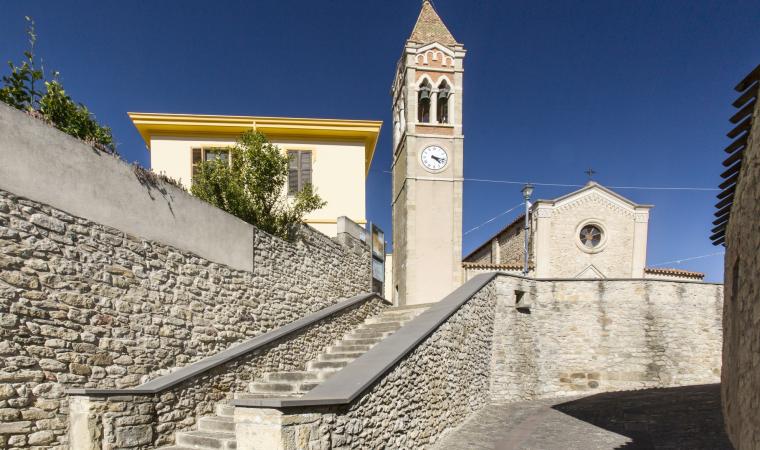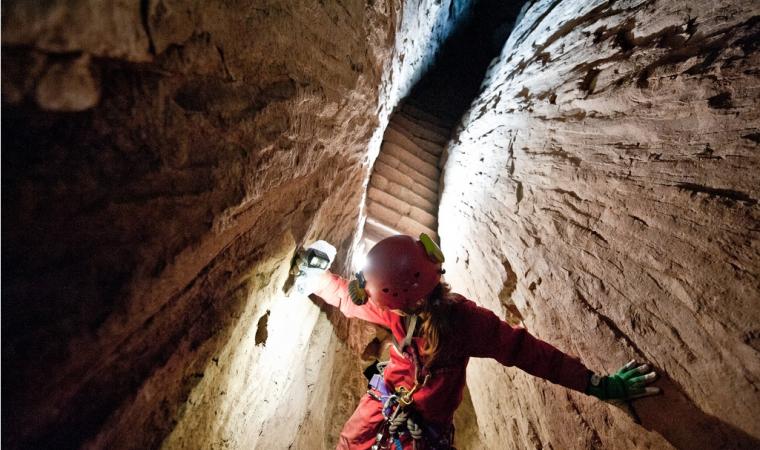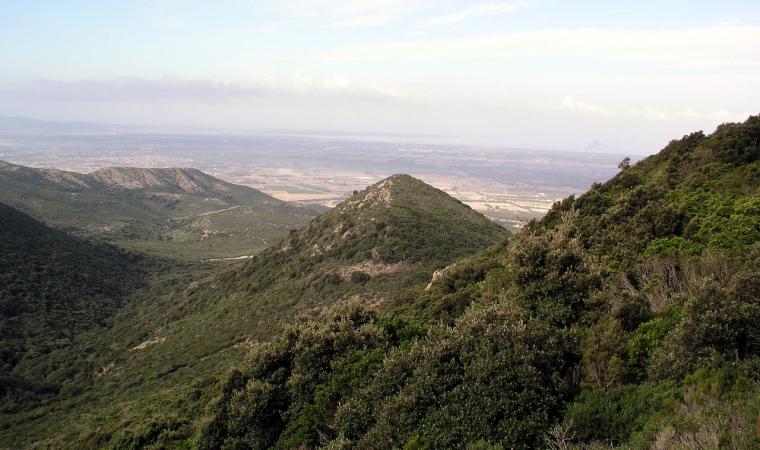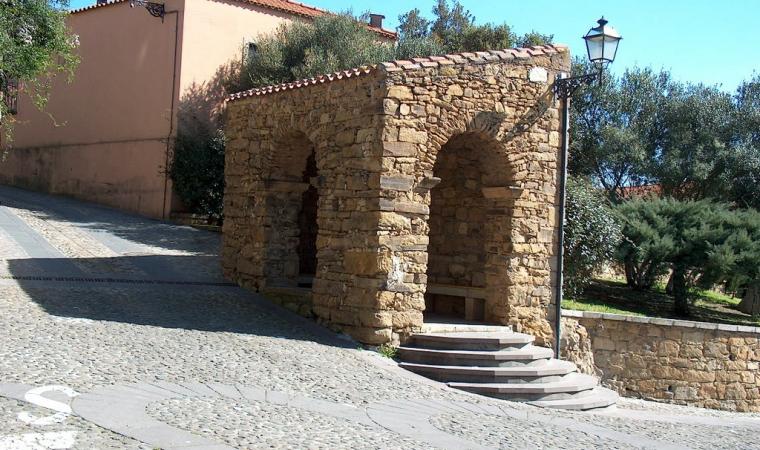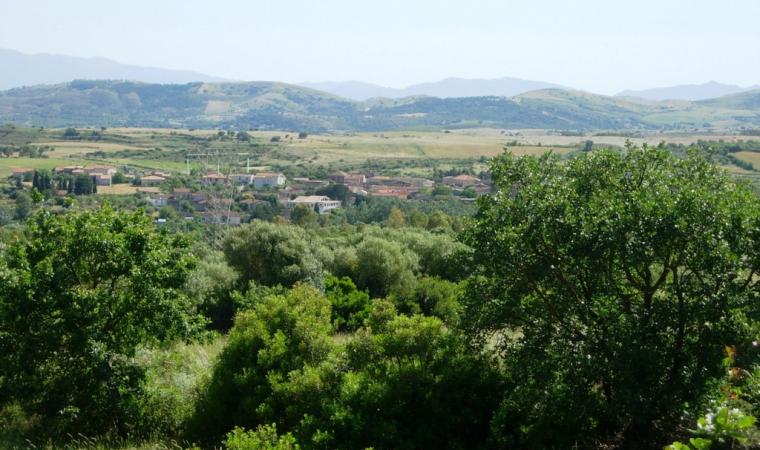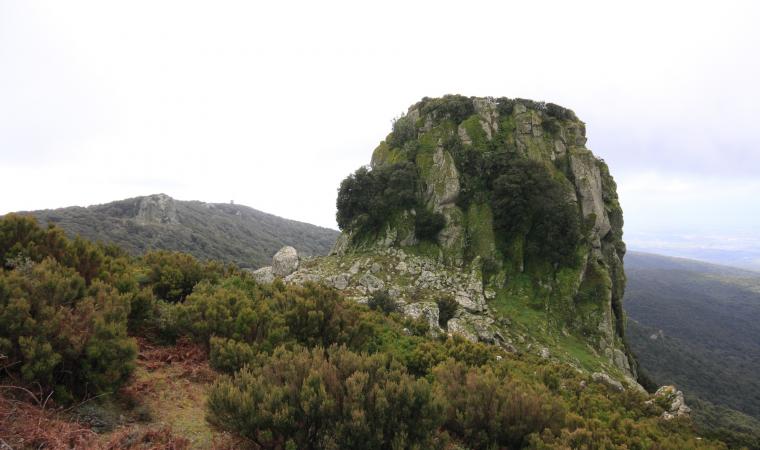It sits at an elevation of 300 meters on the western slope of Monte Arci. The largest Sardinian obsidian deposit, it frames the town it with its woods and interrupts a landscape of rolling hills, such as Su Vantosu. Pau is a small town, with little over 300 inhabitants, in upper Marmilla, a fertile territory rich in water bodies where cereals, legumes, fruit and grapes are cultivated. It may date back to the Roman period, as seen from findings of imbrices, vases, coins and traces of ancient construction at various sites, including Sa Telluri. The name likely derives from the Latin pagus (village). Three nuraghes in the area date to the prehistoric period: the single-towered Su Castiu or Spadua, and the two complexes at the Arruinas and Punta Su Nuraxi sites. Today, the town is composed of a network of streets lined with very old, stone houses with the Parish of San Giorgio Martire in the centre and the Church of Santa Prisca Martire, with an early September Feast Day, on the outskirts.
The mountain land surrounding Pau is part of the Monte Arci Park. The mountain is carpeted with greenery that covers its volcanic channels, which merge into three points, resembling those of a tripod. The peak contains at least three distinct obsidian flows that have produced about a dozen mining sites and hundreds of processing centres. The mineral, used to construct weapons and tools, is rare in the Mediterranean. From the 6th century BC, it became a great attraction for different peoples, who would come to this part of the island to restock their supplies. General Alberto La Marmora stated in his ‘Itinerary’ (19th century) to have never seen such quantities of the black, shiny rock. Some deposits and settlements fall within the lands surrounding Pau. Specifically, the large extraction and processing centre of the Sennixeddu channel, which has produced large quantities of obsidian and chipped products. A few hundred metres away, in Su Forru de Sinzurreddus, a Pre-Nuragic settlement may have stood.
Trails passing through forests of holly oaks, downy oaks and Mediterranean shrubs, populated by red and fallow deer (reintroduced) and flown over by rare birds of prey, will allow you to discover the Arci massif’s hidden qualities. The steep Corvino trail (black) passing by large masses of obsidian is famous. You can set off on the trails accompanied by a guide directly from the Museum of Obsidian, in the outskirts of the town. Inside a one of a kind museum, with exhibits containing reproductions of ancient tools and works by the sculptor Karmine Piras, you can learn about Prehistoric ‘black gold’s’ thousand-year history. In the town’s historical centre, you can visit workshops dedicated to the production of obsidian and precious metal jewellery, and admire modern sculptures cut from large black blocks, particularly those in Town Hall square.

